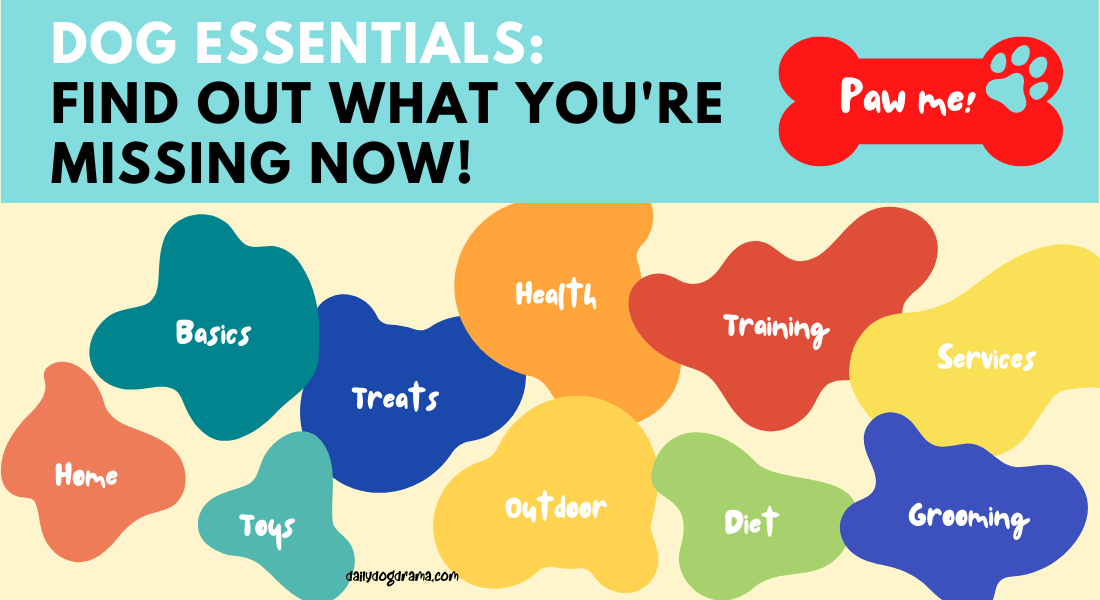Do you know what DOG ESSENTIALS you are missing out? Find out now!
Zack Keithy, our author, is a certified veterinarian technician (UC Blue Ash) for over 6 years (contact him here). The articles written here are based on his expertise and experience, combined with a review by our expert vet reviewers including Dr M. Tarantino. Learn more about us here.
The symptoms of prednisone in dogs can be hard to understand, and often, the question that gets asked is: Why is my dog so hungry on Prednisone?
In the body, Prednisone mimics the stress hormone cortisol, and it increases appetite by binding to a part of the brain that controls hunger. Due to this, weight gain is common as calorie intake increases due to increased appetite.
It can be quite miserable to see your dog in this state and constantly begging for food, so in this post, I want to share some tips for dogs on prednisone and how you can handle it better.
Medical Questions? Talk to a Veterinarian 24/7.
Connect one-on-one with a licensed vet who will answer your questions in minutes.
*Article may contain affiliate links to retailers like Amazon and Chewy. Learn more on our disclosure page.
- What is Prednisone?
- When is Prednisone Required?
- How Long Does My Dog Need to Take Prednisone?
- Do You Need to Taper The Dosage of Prednisone?
- Side Effects of Prednisone For Dogs
- How to Deal With Your Dog's Hunger When It is on Prednisone
- Frequently Asked Questions (FAQs)
- In Conclusion: Why is My Dog So Hungry on Prednisone?
What is Prednisone?
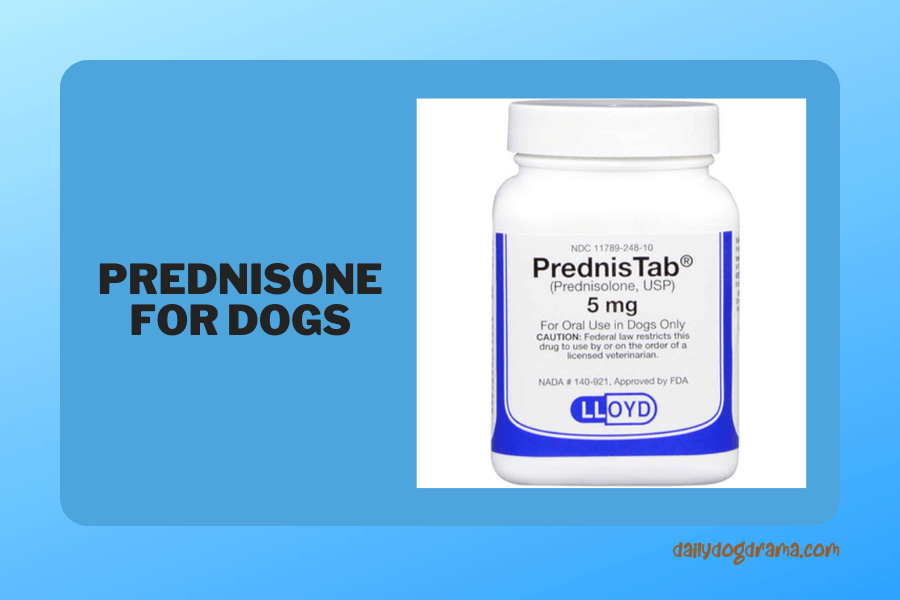
Prednisone is a man-made corticosteroid (steroid) that is used to treat a variety of ailments in both people and animals.
It is used to treat many different types of inflammation in both humans and animals, but its most common use is for treating skin conditions like allergies or dermatitis.
It also treats other conditions like cancer and arthritis.
Doggy says, you may like this too: Beagle Not Eating [Solutions]
Hey there, sorry to interrupt but I wanted to tell you about an online vet service I’ve been using for years.
An in-person visit with one is great, but it’s not always an option.
Now, thanks to technology, you can speak to one without leaving your home.
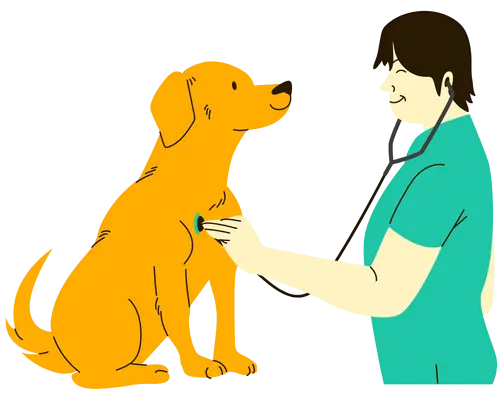
Got something to ask a vet?
Talk to one anytime, 24/7.
* Don’t use this service for emergencies.
Alternatively, a vet can come out to you instead (exclusive to our readers: use THEVETS15 for 15% off).
SCHEDULE AN APPOINTMENT HEREThank you. The rest of the article continues below.
When is Prednisone Required?
Prednisone is a powerful steroid that can be used to treat a variety of conditions.
While the drug is often prescribed for short-term use, it can also be prescribed for long-term treatment if necessary.
As an anti-inflammatory drug for dogs
Prednisone is a corticosteroid or anti-inflammatory drug that can be used in dogs.
It works by reducing inflammation in the body by suppressing the immune system, which helps to reduce swelling and pain.
For autoimmune diseases in dogs
Autoimmune diseases are when the body’s immune system mistakenly attacks healthy red blood cells and tissues, causing damage in its attempt to fight the illness.
Prednisone is a corticosteroid that suppresses the immune system. It has been used for decades to treat conditions like lupus, rheumatoid arthritis, Crohn’s disease, and many others.
For Addison’s disease
Hypoadrenocorticism, the medical term for Addison’s disease, is the inability of the adrenal glands to produce the hormones that the body needs.
Prednisone, also known as prednisolone, has proven to be an effective treatment for Addison’s disease.
This medication is used to treat inflammatory conditions and helps reduce the symptoms of the disease by restoring normal function to the adrenal glands.
For cancer in dogs
For some types of cancer, prednisone can be used as chemotherapy medication.
Prednisone monotherapy is an option for palliative care for canine mast cell tumors.
Based on some statistics, about 20% of dogs will get partial or total remission.
Doggy says, consider reading this too: Are Eggs Good for Nursing Dogs? [How to Feed?]
How Long Does My Dog Need to Take Prednisone?
This is a question that many pet owners ask themselves when their dogs are diagnosed with inflammatory diseases or conditions like allergies or skin issues.
The answer is simple: as long as necessary.
While it’s possible for your dog to stop taking prednisone once the inflammation has subsided, it’s also possible that your dog will need to continue taking this medication for years.
Prednisone can be useful in helping your dog manage chronic symptoms, but it’s important to note that there are serious side effects associated with long-term use of this drug.
Do You Need to Taper The Dosage of Prednisone?
The Prednisone dosage for your dog should be weaned down carefully because an abrupt stop to this medication could result in serious side effects.
Your veterinarian will almost certainly provide the right way to do it, for example giving the dog a standard dose every other day or reducing the daily dosage.
After a week, the dog can either receive less prednisone or the initial amount once every three days, which will eventually result in the medication being stopped.
Side Effects of Prednisone For Dogs
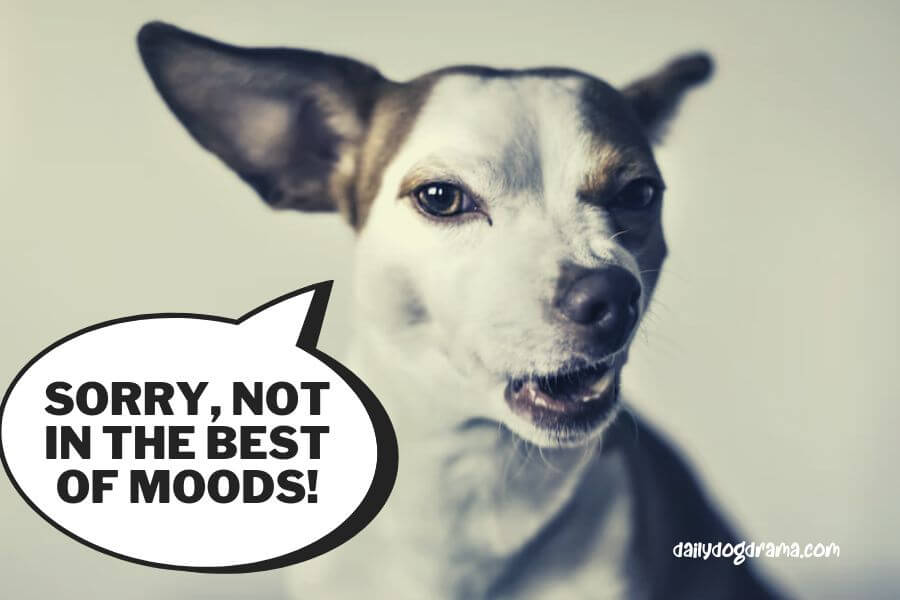
Prednisone is a powerful anti-inflammatory drug that can help your dog deal with a wide range of issues.
But it’s not without side effects.
If you’re considering giving your pup prednisone, it’s important to know what you’re getting into—and what to watch for.
Changes in Behavior
Aggression. While some breeds are more likely to show aggression while taking prednisone than others, it’s important to be aware of this possible side effect so you can take steps to prevent it.
Some ways you can do this include: avoiding situations where your dog might become aggressive (such as going outside), keeping your dog on a leash at all times during treatment, and taking steps to minimize stressors in your dog’s life such as moving or changing homes.
Anxiety. This can manifest itself in many ways, including pacing around the house or yard for long periods of time without stopping; pacing back and forth in their crate; or even barking incessantly at nothing in particular.
Consider giving your dog more exercise time, more comforting massages, or try out a calming treat.
Restlessness. You may notice this as increased pacing or restlessness at night when they’re supposed to sleep.
The best way to keep your dog calm during this time is by giving extra attention and playtime while they’re awake during the day and making sure they get plenty of exercise before bedtime so they’ll be tired enough to sleep well through the night.
Diarrhea and vomiting
One of the most common side effects of prednisone is diarrhea or vomiting. In fact, there are also other times when your dog might throw up after taking medication such as antibiotics or chemo drugs too.
This happens because the drug reduces inflammation in your dog’s body, which can cause their intestines to be less active than usual.
Although it is usually not a cause for concern, it is important that you monitor your dog for this symptom so that you can take them to the vet if necessary.
Increased thirst and hunger
Prednisone causes an increase in your dog’s appetite and thirst, so they may begin begging for food or water at times when they would normally not be hungry or thirsty.
Make sure your dog gets plenty of fresh water throughout the day and do not think about .
Your dog is not really hungry and is just experiencing the effects of the medicine.
Worsening infections
Corticosteroids increase the permeability of cell membranes, and this allows bacteria to enter the cell more easily.
This can make an infection worse and it may also increase the severity of symptoms associated with the infection.
Lethargy
When your dog takes prednisone, its body’s production of corticosteroids will be decreased.
Corticosteroids are hormones that help regulate energy levels and blood sugar levels throughout the day.
They are also responsible for regulating moods and emotions such as fear and stress responses.
When these hormones are suppressed by taking prednisone, your dog’s energy levels will drop as well.
How to Deal With Your Dog’s Hunger When It is on Prednisone
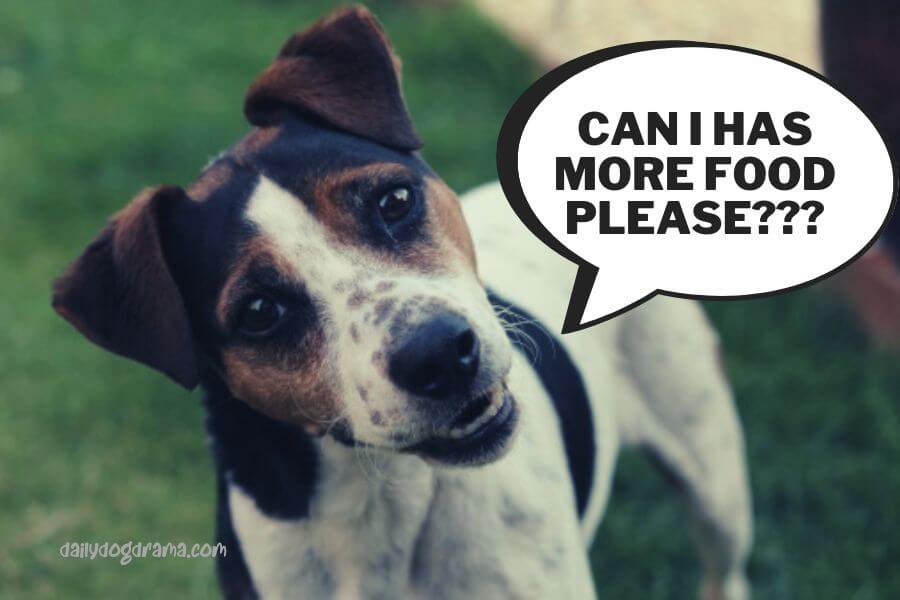
Consider other cortisone-type drugs
It’s important to remember that not all drugs that come from the group of corticosteroids work exactly the same way in the body.
Another drug from this group may be able to reduce appetite gain without causing other unwanted side effects.
You might want to speak to your vet about alternatives such as Methylprednisone (Medrol).
Consider adding supplements
There are many supplements available on the market. The first thing you should do is check with your veterinarian to see if any of these supplements are right for your dog. If they are, then you will want to try them out and see if they work for your dog.
Some of these supplements contain vitamins and minerals that can help with appetite issues, while others contain fiber as well as vitamins and minerals.
A good place to start is with glucosamine, Apocaps, Quercitin, probiotics, enzymes, fish oils, and nutrients such as Vitamin B.
Switch to lower calorie diet
To help your dog deal with its constant hunger pangs, you can try switching to a lower-calorie diet and feeding it multiple small meals each day instead.
In between feeds, throw in little treats such as ice cubes or frozen raw bones to keep its mind off the desire to eat.
One way to do so is to switch its food to a mostly vegetable-based one.
Chew toys
Again, the aim here is to keep your dog’s mind engaged so that it does not keep craving food.
As a dog owner myself, I’ve learned that the best way to help my dog cope with the side effects of prednisone is by providing him with toys and snacks that he can chew on.
Consider getting a Kong chew toy or antlers for your canine companion.
Frequently Asked Questions (FAQs)
Can prednisone and nonsteroidal anti-inflammatory (NSAID) drugs be given together?
Prednisone and NSAID drugs must not be given together to your dog as they can have serious side effects on them. Be sure to inform your vet of all and any medication your dog is on so that they can make the right prescription.
How long can a dog stay on Prednisone?
There is no definite time period that a dog can stay on Prednisone. It really depends on the condition of your dog and it can be anything from a few days to something that is long term.
Can your dog overdose on Prednisone?
A single overdose is unlikely to hurt or kill your dog, but repeated and very high dosages can. Itching, weakness, anxiety, sadness, elevated blood pressure, and seizures are all signs of an overdose.
In Conclusion: Why is My Dog So Hungry on Prednisone?
The short answer is that the drug stimulates the adrenal glands to produce more cortisone, which can lead to increased appetite and thirst.
While it can be upsetting to see your dog in such discomfort, the drug is important to treat its underlying disease and the side effects will eventually be gone.
Follow the tips above to help your dog deal with it in the meantime, and you guys will do just fine!
Browse around for other dog care tips such as why dogs sleep with their backsides facing you, what to do if your dog ate a pee pad, if Heartgard can be cut in half, and many more.
You’ve made it to the end, but I hope it’s not the end of our journey. We want to hear your voice! Share your thoughts, problems, suggestions, or anything related to your dog in the comments section. And don’t forget to join our newsletter today too.

